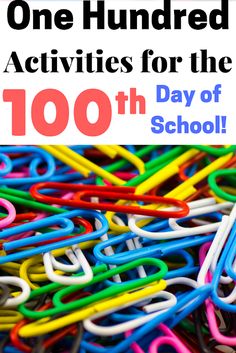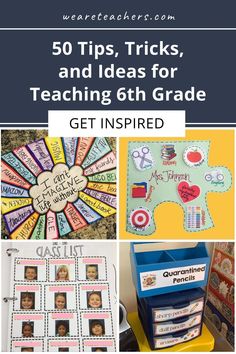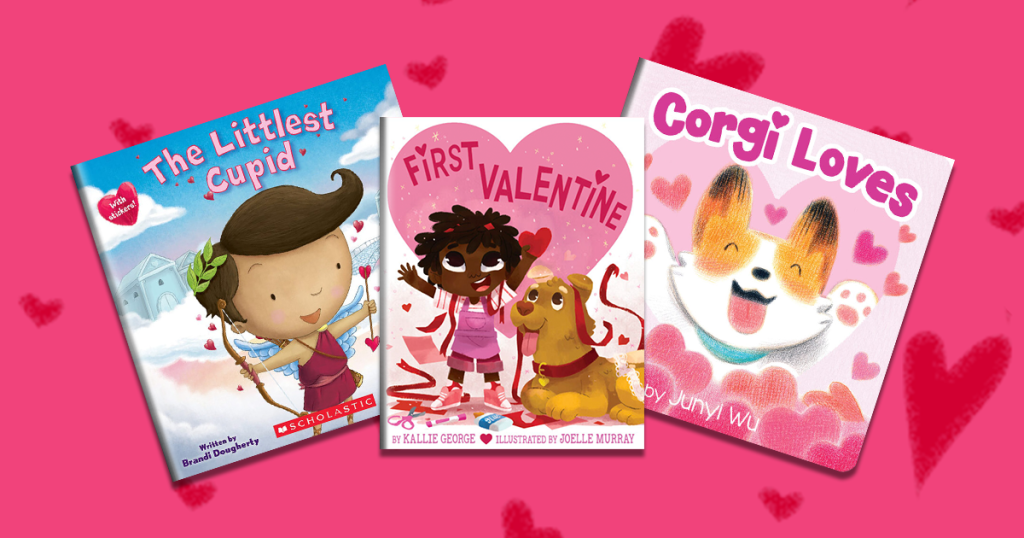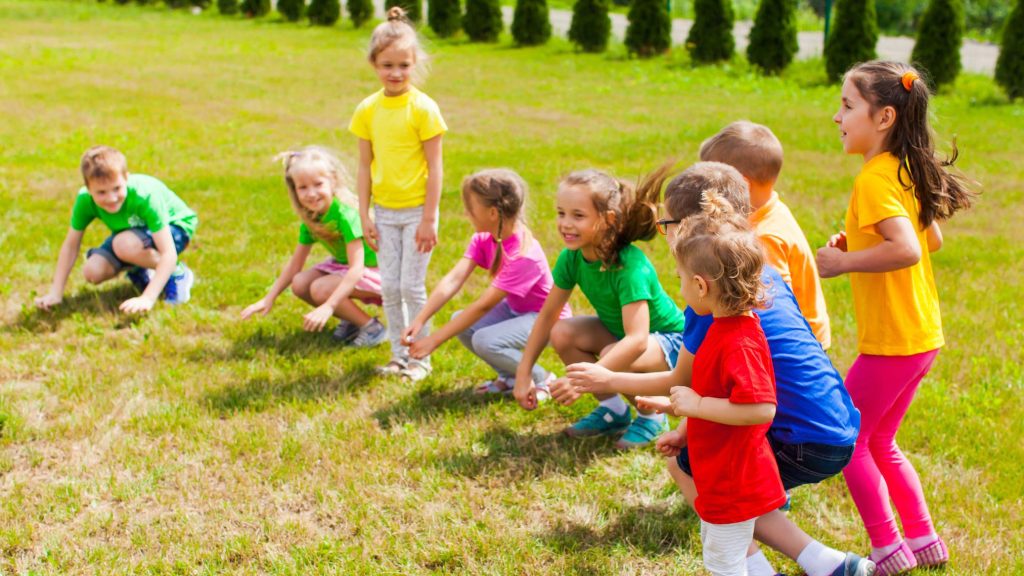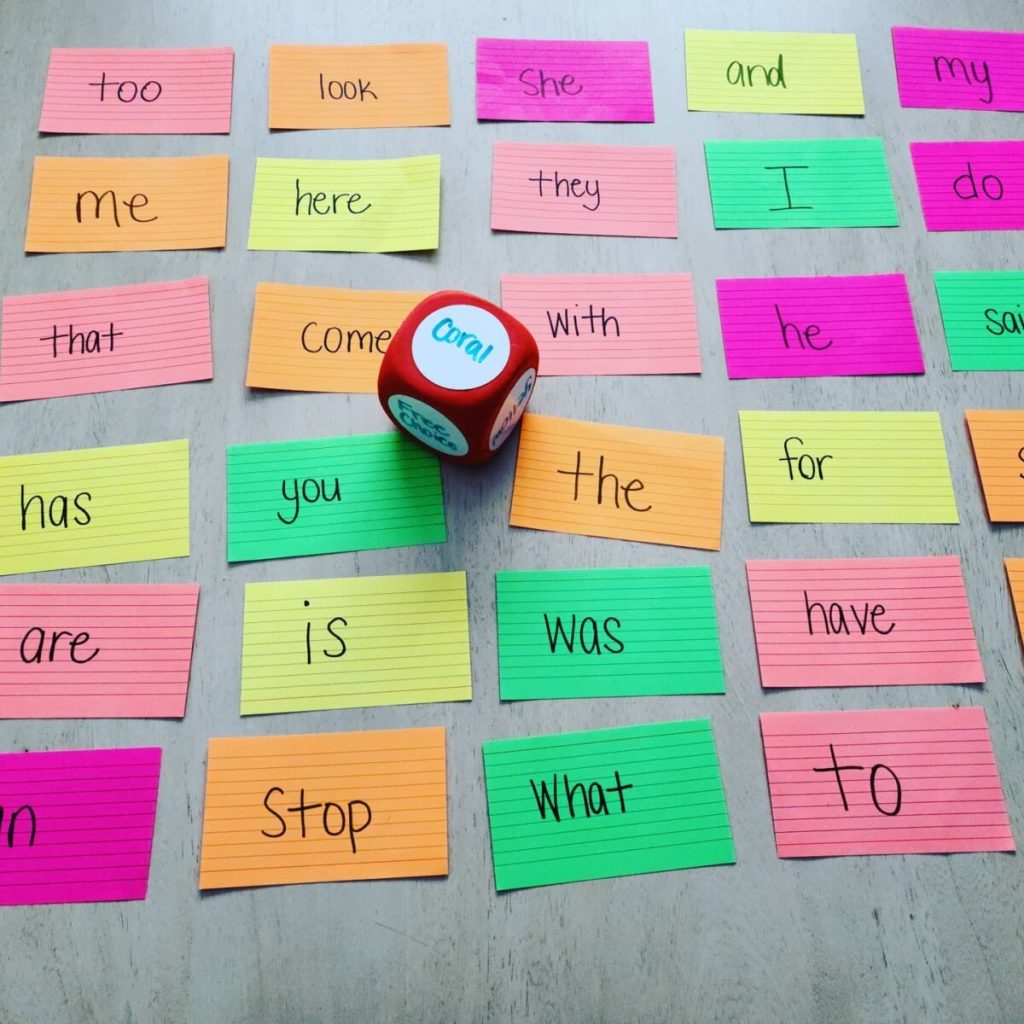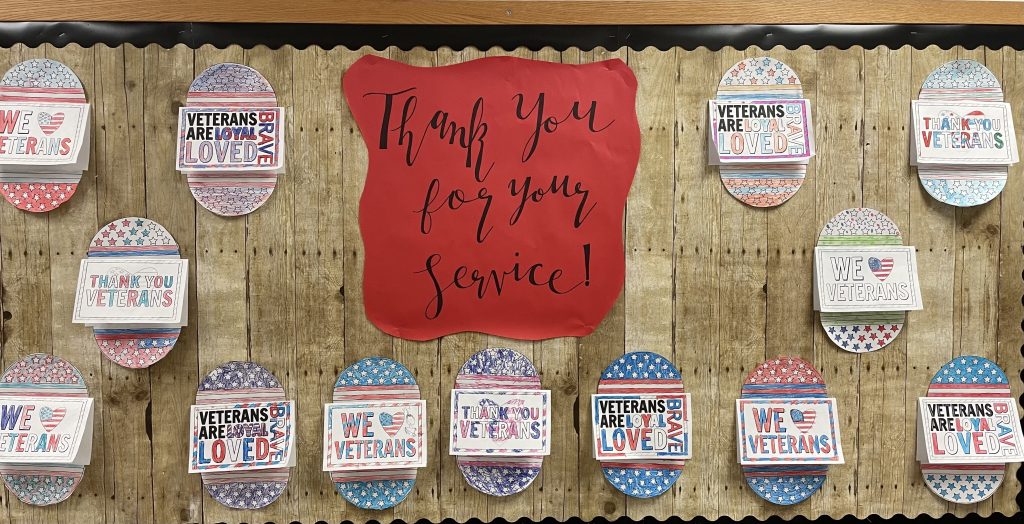Celebrating 100 days of school is a significant milestone for students and teachers, marking the journey through the academic year. It’s an excellent opportunity for fun, creative activities that engage all members of the school community. Here are some enjoyable ways to commemorate this special day:
1.100 Days Poster Challenge: Students can create posters with 100 items glued on them. These items could be anything from stickers to cotton balls, as long as there are exactly 100 of them.
2.Dress Like You’re 100: Encourage students and staff to dress up as if they were 100 years old. This can lead to lots of laughter and memorable photographs.
3.Time Capsule: Create a time capsule with items that represent the current school year. Have students bring in something small to add, and plan to open it at a significant future date.
4.Building with 100 Cups: Challenge students to build the tallest structure they can using exactly 100 plastic or paper cups. This activity promotes teamwork and problem-solving.
5.Writing Prompt – “When I am 100…”: Engage students in a writing activity where they describe their lives when they are 100 years old. This encourages them to think about the future and practice their creative writing skills.
6.100 Acts of Kindness: As a class or school, aim to perform 100 acts of kindness. Plan these acts and keep track of them on a board for everyone to see how small actions can make a big impact.
7.Balloon Pop Countdown: Fill 100 balloons with fun activities written on pieces of paper inside and pop one balloon every few minutes throughout the day, doing the activity inside each time.
8.Snack Necklace with 100 Pieces: Let students string together a snack necklace using 100 pieces of cereal or other edible items, promoting both counting skills and fine motor development.
9.Centenarian Interviews: Have students prepare interview questions and then video chat with residents from a local senior center who are close to or over the age of 100 to hear their stories and wisdom.
10.Fitness Fun—100 Exercises: Encourage physical activity by having students complete sets that total up to 100 exercises, such as ten sets of ten jumps, push-ups, or sit-ups.
These activities not only make learning exciting but also encourage community building and development in various skill areas including artistry, literacy, numeracy, physical fitness, and social-emotional learning. Celebrating the 100th day of school is more than just acknowledging a number; it’s about fostering an educational environment where every day counts and every moment is an opportunity for growth and joy.
